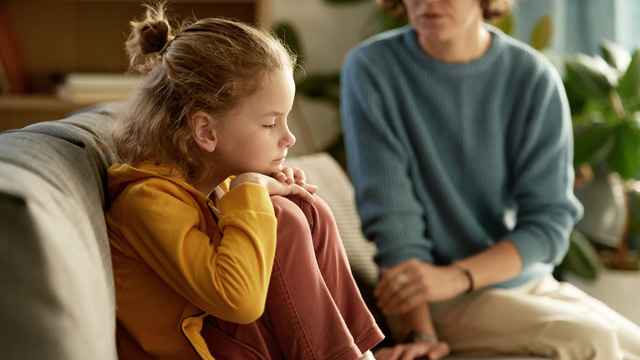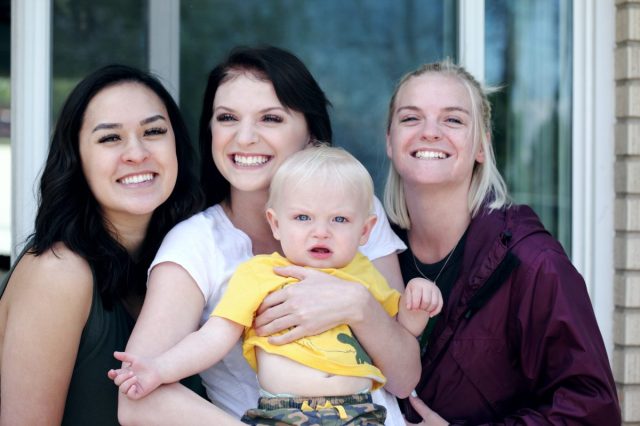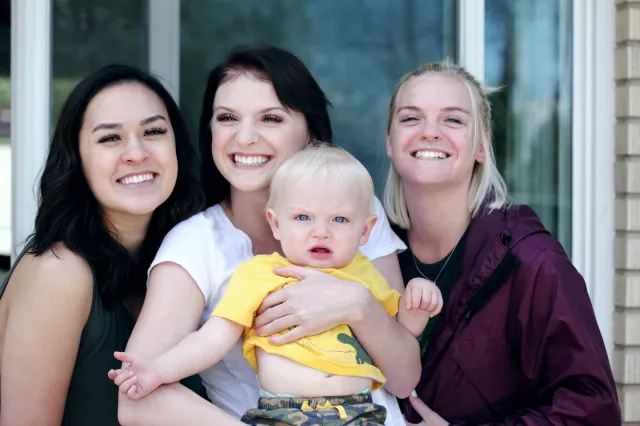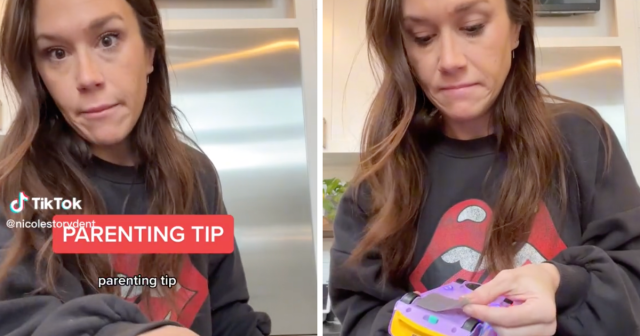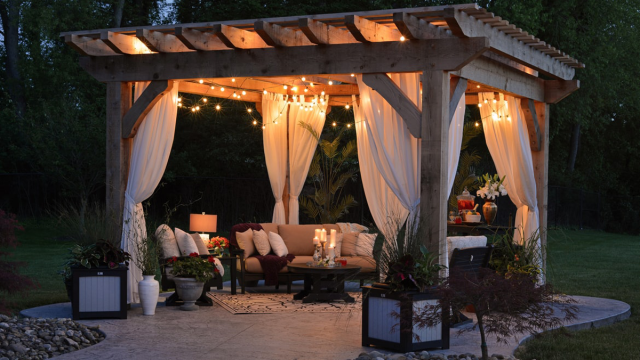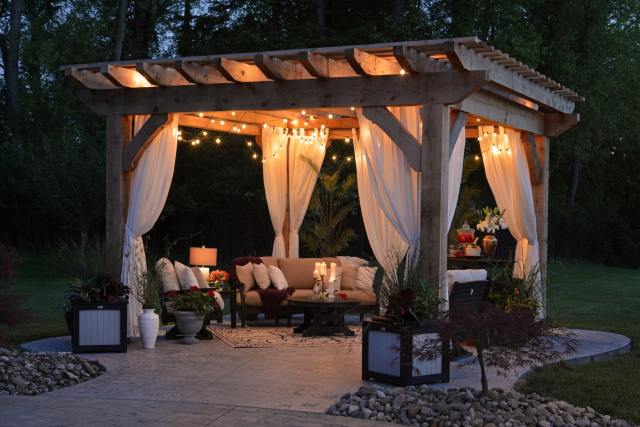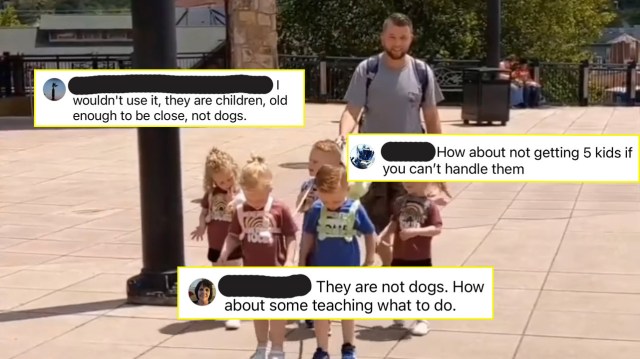We get it: Sleepless nights come with the territory as a new parent. But there comes a time, usually at around 3 or 4 months, when getting the baby to sleep is suddenly a thing. How you lull your little one into slumber—that is, which baby sleep training method you choose to make it happen—is the question new parents like to debate.
Will you let your baby “cry it out”? Are you a fan of “Ferber-izing”? Or might you opt for no method at all?
“There’s a lot of emotion around sleep training and not a lot of science,” said Dr. Elham Raker, a Los Angeles-based pediatrician, blogger, and parent coach. “I really would love to take the pressure off parents who say, ‘You have to do it this way or that way.’ What works for you mentally, physically, emotionally—that’s what you should do.”
In other words: There is no “right way” to sleep-train a baby.
“Sometimes sleep training is not possible because there are other kids in the house and a cry-it-out method is not realistic,” she said. “Or sometimes parents really need to do the cry-it-out method and get kids to sleep as soon as possible because they have to go to work the next day. There are a lot of factors that are important to consider.”
That said, you’re probably very, very tired… and that baby needs to sleep! So what are your options? Here’s a brief rundown of the most popular sleep training methods. See if any resonate with you. But remember, it’s your baby and your sleep (or lack thereof). So do what works.
Note: Experts say the best time to start sleep-training a baby is around 4-6 months old.
Related: Baby Sleep Guide: Expert Advice & What to Expect the First Year
The Ferber Method
What is it: Developed by renowned pediatrician Richard Ferber, author of the best-selling book Solve Your Child’s Sleep Problems and director of the Center for Pediatric Sleep Disorders at Children’s Hospital Boston, this method aims to help children learn to fall asleep on their own by allowing them to cry for short periods before parents soothe them. This method is also referred to as check and console, graduated extinction, or the interval method.
How it’s done: Put your child into her crib when she is drowsy (but not asleep), then leave the room. When/if she cries, wait a few minutes (three is recommended on the first night) before going into the room to comfort her. When you go in, don’t pick her up, feed her, or turn on the light. Instead, just pat (or rub) her on the back and talk to her in a comforting voice. Do this for just a few minutes, then leave the room again.
If your baby cries again, wait a little longer (five minutes) before doing the same steps. Repeat this process, extending the time between check-ins, until your baby falls asleep. The next night, wait a little longer before going in the first time and repeat the process. It helps some parents to keep a sleep log so they can see the progress night after night.
Benefits: You feel like you’re tending to your baby’s needs, and most babies respond to this method in about a week.
The hard part: You can’t pick up your child when she’s crying, which can feel like a big challenge. (Even if studies have shown that cry-it-out sleep methods don’t cause long-term damage.) Also, some babies become more agitated when parents come into the room and respond better to a full-extinction method.
More information: Whattoexpect.com
The Cry-It-Out Method (CIO)
What is it: The infamous, often-controversial method of letting your baby cry until she learns how to soothe herself to sleep without your help. It’s also known as extinction.
How it’s done: It’s simple, but perhaps the hardest method to tolerate for many parents (those baby cries!). After your usual nighttime routine (that should include a bath, lullabies, stories, etc.), place your baby into the crib fully awake. When she cries, don’t comfort her. The idea is that she will eventually get tired and fall asleep independently.
Sure, it won’t be easy when you’re standing at your baby’s door listening to those desperate wails, but experts say most babies will respond to this method within a week—with babies crying increasingly less by the third or fourth day. Keep in mind, this method only works if you put your baby down when she’s tired, so look for signs of sleepiness, including rubbing her eyes, pulling at her ears, or overall fussiness.
Benefits: It works quickly and, if you can safely ignore your babies’ protest, parents might be able to get more sleep (this helps if both parents have to wake up for work in the morning).
The hard part: Those cries can be stressful for both baby and parent! And while studies have shown that letting your baby cry at night isn’t harmful to her development (as long as she’s getting the requisite love and care during the day), some experts still advise against this method due to undue stress it may cause the baby (this study, for instance, found that letting crying it out did cause an increase in babies’ blood cortisol levels, though this is not definitively linked to any long-term consequences). It is also unrelentingly hard for most parents.
“I cried more than my baby did when we were sleep training,” blogger Fiona Tapp said in this Romper article (Spoiler-alert: Her baby learned to sleep independently after a week of the CIO method). “I sat in our office next door to his bedroom, stopwatch in hand, and felt like a delinquent mother ignoring his little cries.”
“The good news, after one week he was going to sleep by himself in his own room, sleeping through the night like a champ,” she wrote. “The bad news? Well, the process was the most stressful, tear-filled week of my life.”
More information: Babycenter.com
Related: How to Create a Calming Bedtime Routine for Baby
The Pick-Up/Put-Down Method
What is it: A gentle sleep-training method in which you go to your baby to comfort them, but then put them back down in the crib and leave the room once she is soothed (repeating this process until baby falls asleep). It’s similar to the Ferber Method, but you’re allowed to pick up and cuddle your baby.
How it’s done: After your usual nighttime routine, place your sleepy baby into her crib and leave the room. If she cries, wait a full minute, then go in and try patting your baby lightly while shushing them (whispering). If she is still crying, pick her up and offer cuddles until she is calm but still awake. Then, place her back in her crib and leave the room. Repeat this process until your baby is asleep.
The next night, repeat this process but add two minutes to the wait time each time before you go back into the room. Repeat every night, adding two minutes more every night. The goal is that your baby learns that she is safe—You are there!—but that she can fall asleep independently.
Benefits: You can pick up your crying baby, which feels right for many parents (even if it means losing sleep in the meantime).
The hard part: It can take longer—both to get the baby back to sleep and to eventually sleep-train your baby—when using this method. This is hard, especially if parents need to wake up and go to work in the morning.
More information: Whattoexpect.com
The Shush/Pat Method
What is it: A precursor to the pick-up/put-down method, this one (which was developed by Tracy Hogg, author of the bestselling “Baby Whisperer” books) works for newborns up to about 4 months old and relies on a particular way of “shushing” and “patting” your baby to lull her to sleep.
How it’s done: Lay your sleepy baby in her crib, propping her on her side (since tummy sleeping isn’t recommended), and steadily pat the center of her back while whispering “Shh” in her ear. If your baby doesn’t want to be put down, you can also shush/pat her over your shoulder. Keep shushing and patting until you feel your baby relax and fall into a deep sleep. Then lay her in her crib and leave the room.
Benefits: It works quickly to get your baby to sleep, and can also easily be used for naptimes.
The hard part: This method is meant for younger babies and, consequently, doesn’t always translate into a baby/toddler who will fall asleep independently.
More information: Thepostpartumparty.com
The Chair Method
What is it: A gentle sleep training method that allows you to comfort and sit close to your baby as she fusses. Parents sit in a chair next to the crib, moving their position further and further away each night until they no longer need to be in the room. This method works best for older babies (6-9 months).
How it’s done: After your usual bedtime routine, place your sleepy baby in her bed and sit in a chair just beside the crib. You can sing or offer soft, soothing words to (hopefully) help your baby slip into sleep. If your baby cries, you can give verbal comfort and rub your baby’s back but don’t pick her up. Sit back down in the chair when your baby calms down—and leave the room only when your baby is asleep.
After three nights, move the chair a little further from the crib, and repeat the above steps with a little less verbal comforting—use just soft “Shh” noises to calm your baby. After three more nights, move the chair by the door and repeat. Then, finally, move the chair into the hallway (but still be visible). After about two weeks of doing this consistently, you should make it out of the baby’s room.
Benefits: You are there to comfort your baby when she fusses.
The hard part: You can’t pick her up when she fusses. Also, some babies simply won’t be OK with you being there and not picking them up. “The pro of this method is that mom or dad is there and present,” sleep consultant Alanna McGinn told Today’s Parent. “But the con is, there will likely still be some crying, and now baby is watching you watch them cry. It can be really hard to be consistent with this method.”
More information: Whattoexpect.com
The “No Method” Method
Do none of these methods sound right to you? That’s OK, too! Maybe you’re the sort of parent who just wants to do what feels right in the moment—to heck with parenting advice and social media missives! Or maybe you’d prefer to co-sleep with your baby and feed on demand?
Remember: There’s no right way.
“I would say the important thing is, ‘How do we get the best version of us to be available to our kids during the day,” Raker said. “Whatever you need to do at night to make that possible I would go with that method.”
It’s important to note that children with neurodiversity including ADHD and autism may have a harder time falling asleep—and these troubles may start in infancy. In addition, some children just require less sleep (though all babies and kids should get at least the minimum of the recommended amount of sleep per day).
“Here’s what I want to say to parents: You may have tried everything; you may have done everything by the book, and it still doesn’t work,” Raker said. “There’s nothing wrong with you. There’s nothing wrong with your child. If you want to go to them, go to them. If you want to cosleep, cosleep. Do what works for you; just do it safely.”












